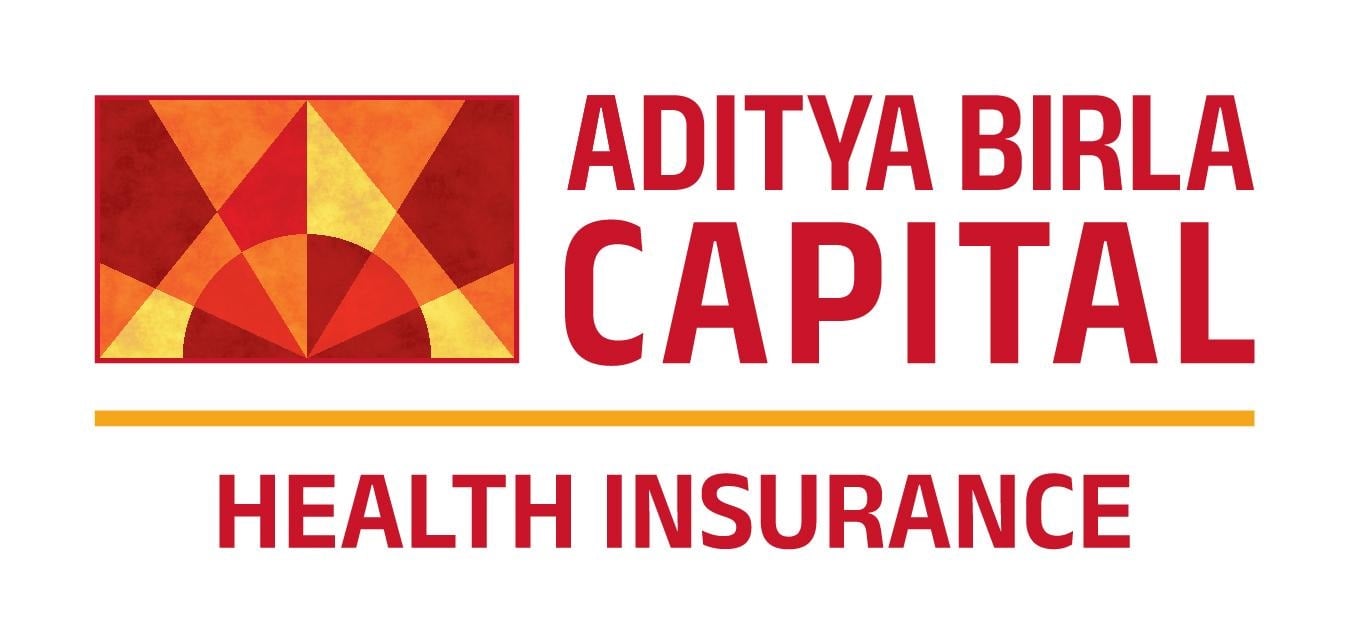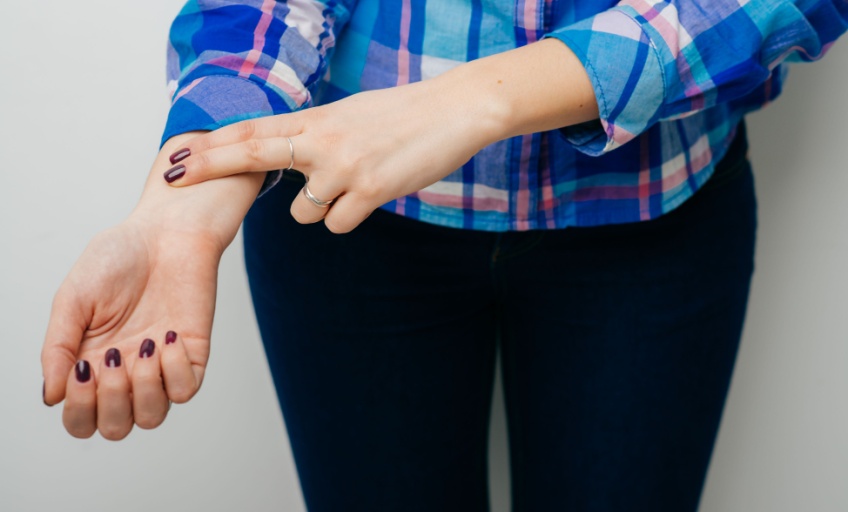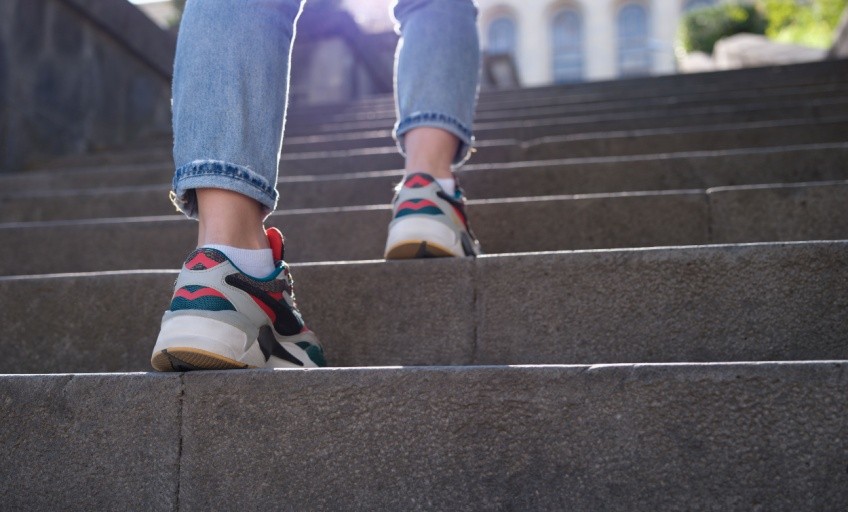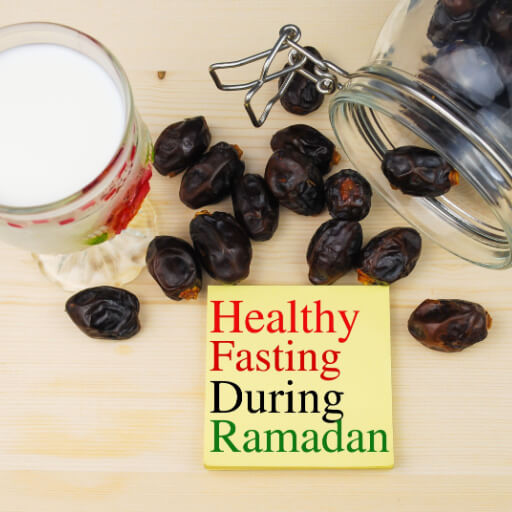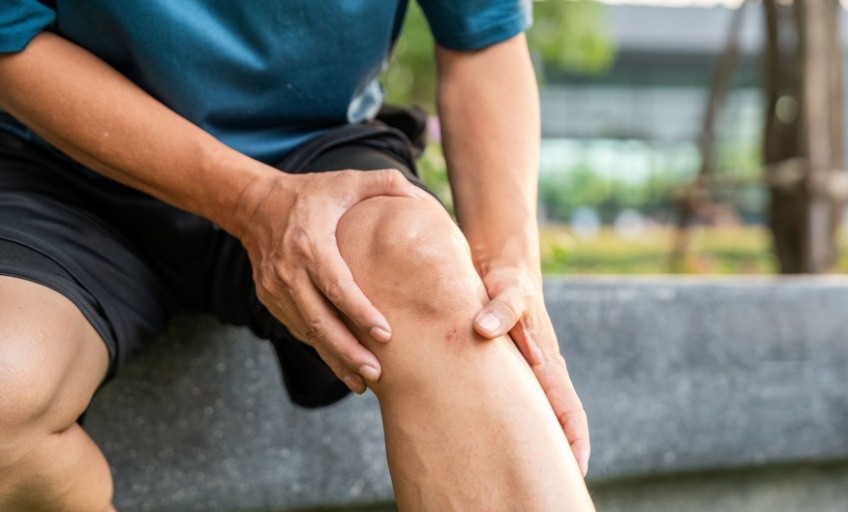
When I look back in time, going back to my school days in 2008, I see a sporty kid, weighing 45-50 kilos, who always loved cricket and like any other kid in his generation, wanted to be a cricketer. I used to be quite active in school and was always interested in sports.
But I had never given running any thought, as, truth be told, most people do not dream of being a runner so early in life. I could easily run fast but not for a long distance, and I never even thought about trying it.
As I grew up, I became interested in working out at the gym with the intent of achieving my dream physique. Running, however, still did not feature on my interest list.
Then, I began my journey to climb the corporate ladder. Months of relentless pressure and little work-life balance took a predictable toll on my life – I ate whatever I wanted, did not work out, and generally followed a very unhealthy lifestyle. Result? I was very overweight and was putting my health at risk.
The turning point in my fitness journey
After a year or two, I said ‘Enough is enough’ and decided to get back into working out and figuring out how to fit it into my busy schedule.
I started by going back to the gym. But this time I had added something to my workouts – I started running a short distance on the treadmill after weight training every alternate day.
I read that our metabolism is high when we train, so the impact of cardio after it is much higher, and it helps you burn calories easily.
I will not lie – running after so many years was difficult. I managed to complete just 400 meters in a single stretch. I was bored and often felt like quitting my routine, but my goal of losing weight and getting back in shape kept me going. So I kept at it; the boredom didn’t lessen but I kept getting more comfortable with this new adjustment that I had made.
And it paid off. After 2 weeks, I hit the 1 KM mark in a single stretch.
I remember feeling the happiest I have ever felt in a long, long time because it felt like an achievement in a field that I was not naturally good at and had to put in a lot of work to get better each day.
The next week I hit the 1.5 KM mark, and the week after, I hit the 2 KM mark. I was surely getting better at running.
One fine day, as soon as I crossed the 2 km mark, I pondered, “Let’s keep going and see how long I can keep going.”
I completed 4 km that day—a personal best!
I was completely drenched in sweat, and as soon as I got off the treadmill, I just laid flat on the gym floor. Among all the infinitesimally (albeit significant) small changes in my body, I could see one very big one – my endurance was improving.
I didn’t feel out of breath at all. And before you ask, I was running at a speed of 9/KMPH for the entire 4KM. This is a balanced speed for easy runs for most runners, but this was my best speed as I was still a newbie.
So here I was – training hard, enjoying my newly improved stamina, and realizing – hell yes, I had fallen head over heels running!
So naturally, like any enthusiast, my next aim was to register for a 10 KM marathon.
The marathon journey began
Like all beginners, I was completely clueless at first. I just started by going on a 3–4 KM run twice a week and followed my usual weight training routine. The longest I ran before my marathon was 7 KM.
I had no proper shoes and practiced in gym shoes, which provided little cushion (support). I didn’t know how to fuel my body for running. I followed the same high-protein, low-carb diet according to my weight training schedule, as I was still focused on losing weight.
Protein helped me recover after workouts, but due to a lack of proper fueling, I struggled with long-distance running.
The Race Day

The first race I ran was the ‘Green Marathon’, held in Bandra, Mumbai on 17th November 2019.
I was at the start line at 5:30 am wearing the same gym shoes as others. It had finally sunk in that I was about to run my first marathon. I was nervous but the race-day adrenaline had also kicked in.
I kept on completing one kilometer after another. But as soon as I crossed the 7 km mark, it was difficult.
My legs felt tired and started hurting. I was thirsty and wanted to drink a lot of water at once. The thought of stopping and continuing the rest of the race was on my mind. But, I wanted to complete it by running the entire distance without stopping. So, I kept at it till I crossed the finishing line.
It was overwhelming. I felt so emotional and proud that I could accomplish something out of my comfort zone. That feeling was out of this world. I realized my body was capable of doing more than I could imagine.
My official race time was 55 min. I felt a little dizzy after completing the marathon, but, I felt out of this world.
Now that I have told you the story of running my first 10K, here are some things I wish I had known before I started.
Training:
You must follow a specific training plan to run a 10 km marathon.
- Most of your runs should be easy runs (Zone 3 running), where your heart rate is between (139 – 158 average BPM).
- Follow a weekly plan of running at least 2-3 times, of which 2 runs should be easy (Zone 3) and 1 should be a bit faster (Zone 4 or 30 seconds faster every kilometer)
- You will need to incorporate a couple of basic strength training sessions every week, where your focus should be on training and strengthening your muscles so that you can reduce your injury risk
- Try running your longest and best – 2 weeks before the race. This will boost your confidence which will help you during your race.
Gear:
Having the correct running gear is important.
- Invest in decent daily trainers (running shoes) designed for maximum comfort. Opt for a running shoe with proper cushioning, that gives you arch support. And importantly, remember you should feel comfortable and not go by others’ preferences. So, try it before you buy to find the right fit.
- Getting a smartwatch is optional, as you can track the distance on your phone through training apps. Once you get serious about running, think about investing in a smartwatch.
- Having comfortable running clothes is a must. They don’t need to be expensive; they are just the basics. You can opt for any light material that doesn’t cause blisters when you run
Fueling:
Eating the right recovery food is important.
- Endurance sports tend to deplete electrolytes from your body, so it is important to recover them. There are a lot of different sports drinks that support and recover those electrolytes, but having ORS or Enerzal just after your run is a better option as it is easily available.
- Eating good carbs will increase muscle glycogen, which turns into energy. This will help you stay on your feet for a longer period.
- Staying hydrated is a no-brainer, you will have to drink a lot of water daily to stay cramp-free during training.
Recovery:
Rest and recovery are important parts of your training, as you need to train again the next day.
- It is important to get 7-8 hours of sleep so you recover.
- Stretching before and after your runs is important to stay injury-free.
- You can also try massages, and foam rolling to recover faster.
- Having anti-inflammatory foods such as vegetables, yogurt, berries, citrus fruits, dark chocolate, etc. will help your recovery.
Race day strategy:
Follow a race day strategy:
- One key thing to remember is not to try anything new (be it new shoes, gear, breakfast, or any other food, etc.) on race day. It might hamper your performance. You must do all experimentation and adjustments during your training to figure out what works best for you.
- 2-3 days before the race, have 1-2 sachets of Enerzal/Electrol mixed with water to refill the lost electrolytes during training. It is also important to load carbs a couple of days before your race; it will help you with a burst of energy during the race day.
- Avoid doing any big workout or major sports activity a day before the race.
- Try going to bed a few hours early before race day.
- Keep your race-day essentials ready before hitting the sack, such as running shoes and socks, race-day clothes, running bib, and other necessary items. Avoid any last-minute hassle.
- Wake up early, have a light meal, and get to the holding area at least 30 min before the race starts, as doing a proper warm-up is super important.
- It is important to start easy and not get carried away. Start your race and keep the pace normal for the initial 2-3 KM. Pick up your pace once you get comfortable and go faster towards the end (trust your training).
- The most important thing is to believe in yourself!
- Once you complete your first 10KM you deserve to have your favorite food and celebrate your well-earned achievement!
I hope my experience will motivate you to sign up for your first 10 KM marathon.
(The views expressed in the blog are solely that of the author and does not necessarily reflect the views of Aditya Birla Health Insurance.)
Stay tuned to the Activ Living Community. Keep up to date with the latest health tips and trends through expert videos, podcasts, articles, and much more on nutrition, fitness, mindfulness, and lifestyle conditions like Asthma, Blood Pressure, Cholesterol, and Diabetes. Activ Living ke saath sahi sehat ki shuruat ABHI karo.
You may also be interested in the following blogs:
Popular Searches
How to lower blood pressure | Fruits good for liver | Unhealthy foods | Ragi Benefits | Basal Metabolic Rate | Acupressure points for High Blood Pressure | Ayurvedic medicine for blood pressure | How to control cholesterol at home | Homeopathy for Asthma | Biological Age | Home remedies for TB | Natural beta blockers | Negative effects of internet | Types of walking | Blood pressure calculator | Blood sugar calculator | BMI Calculator





 1800-270-7000
1800-270-7000